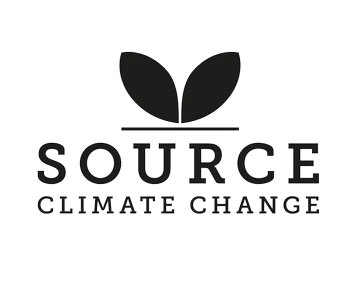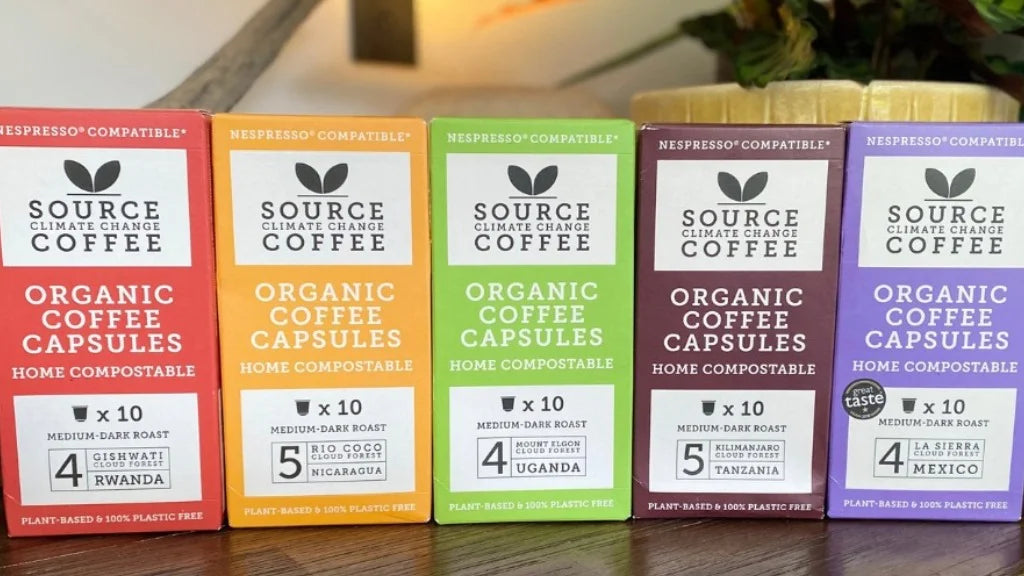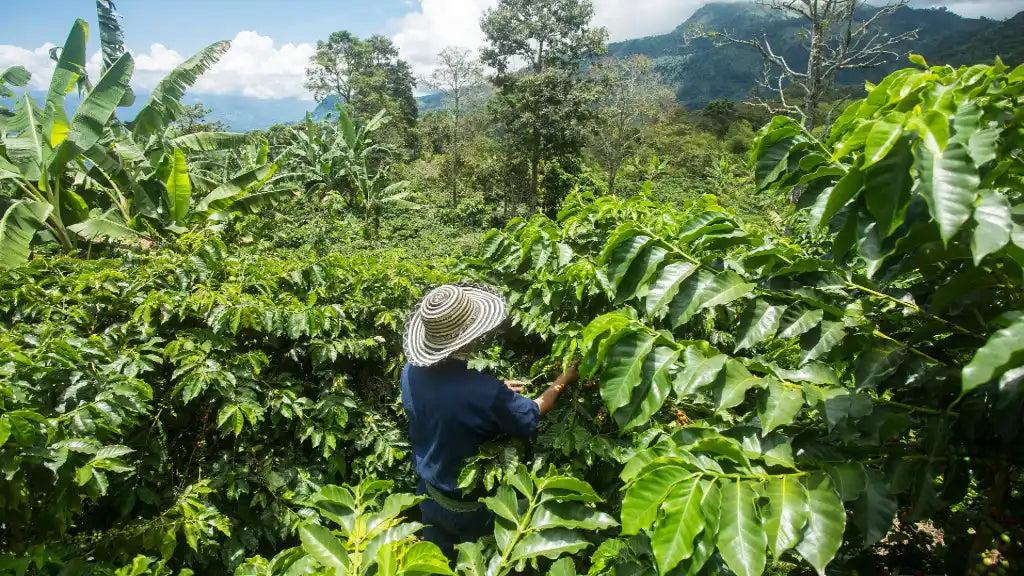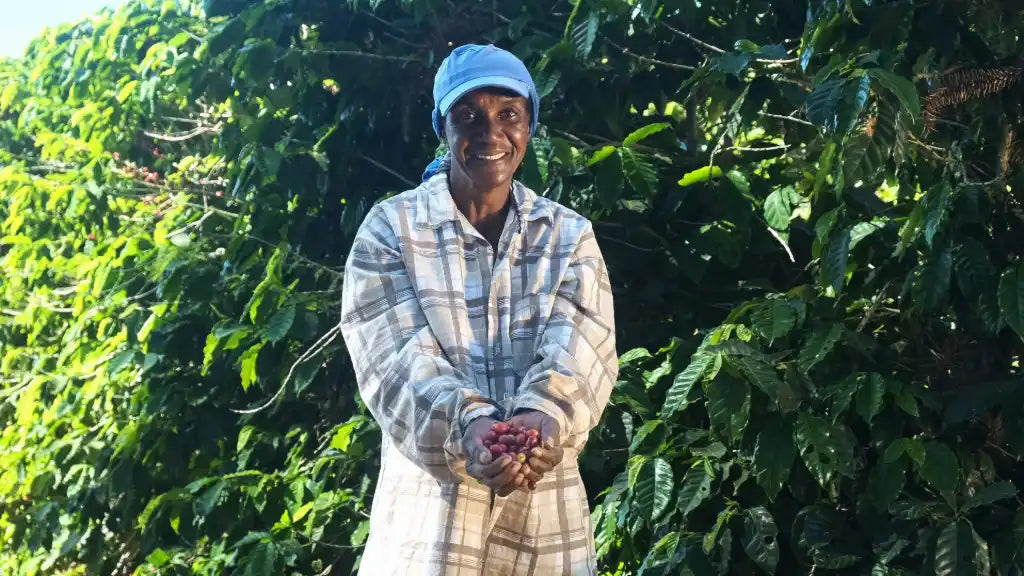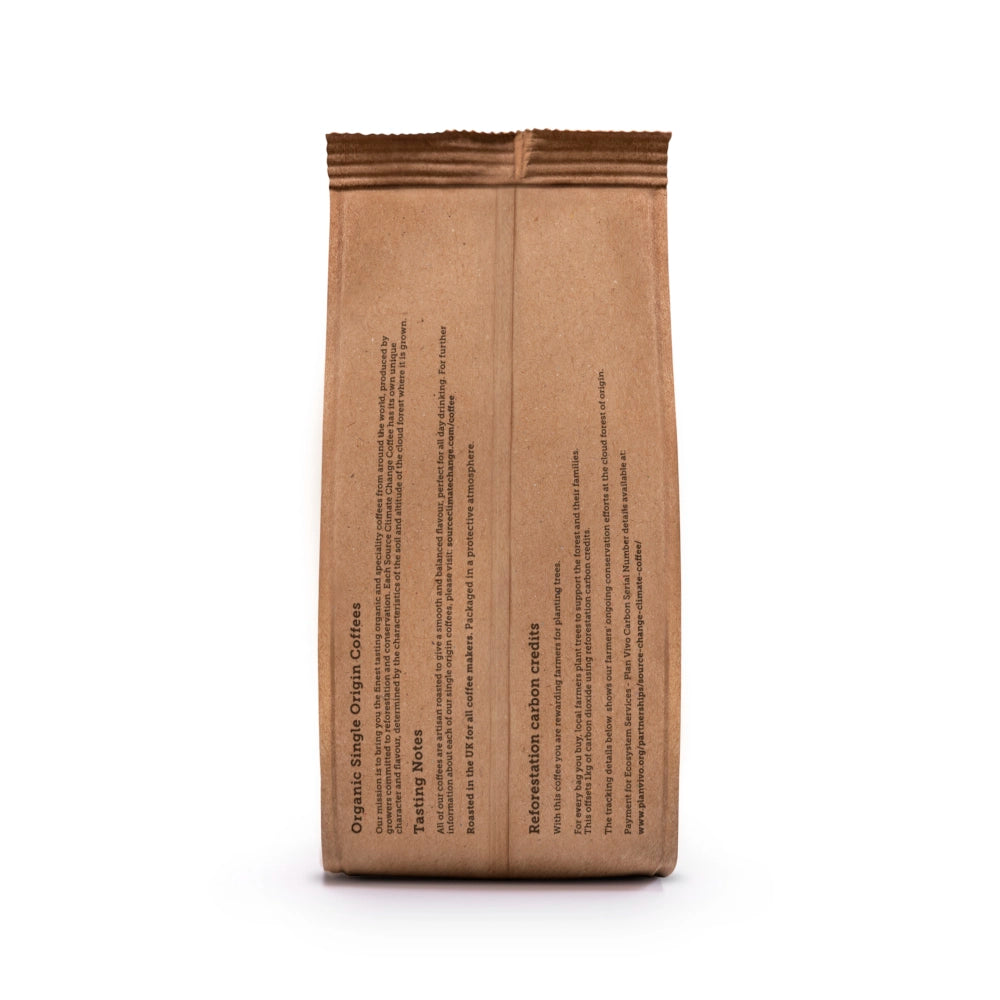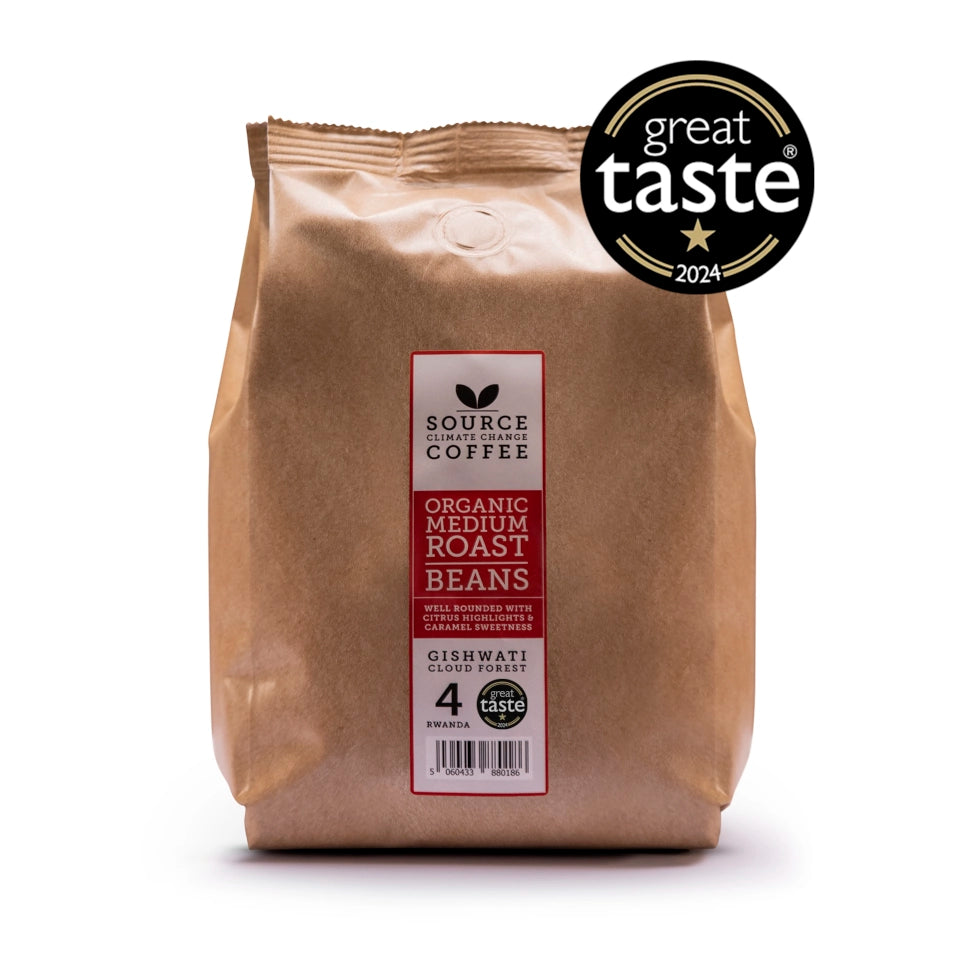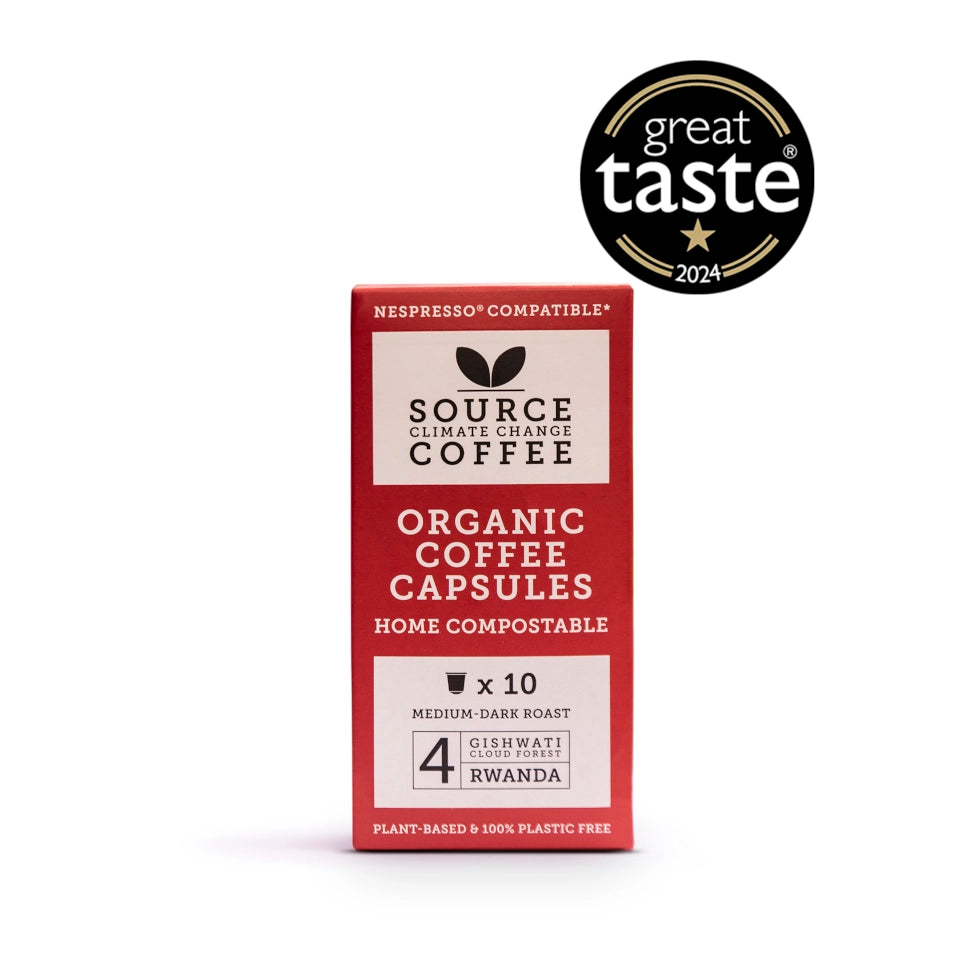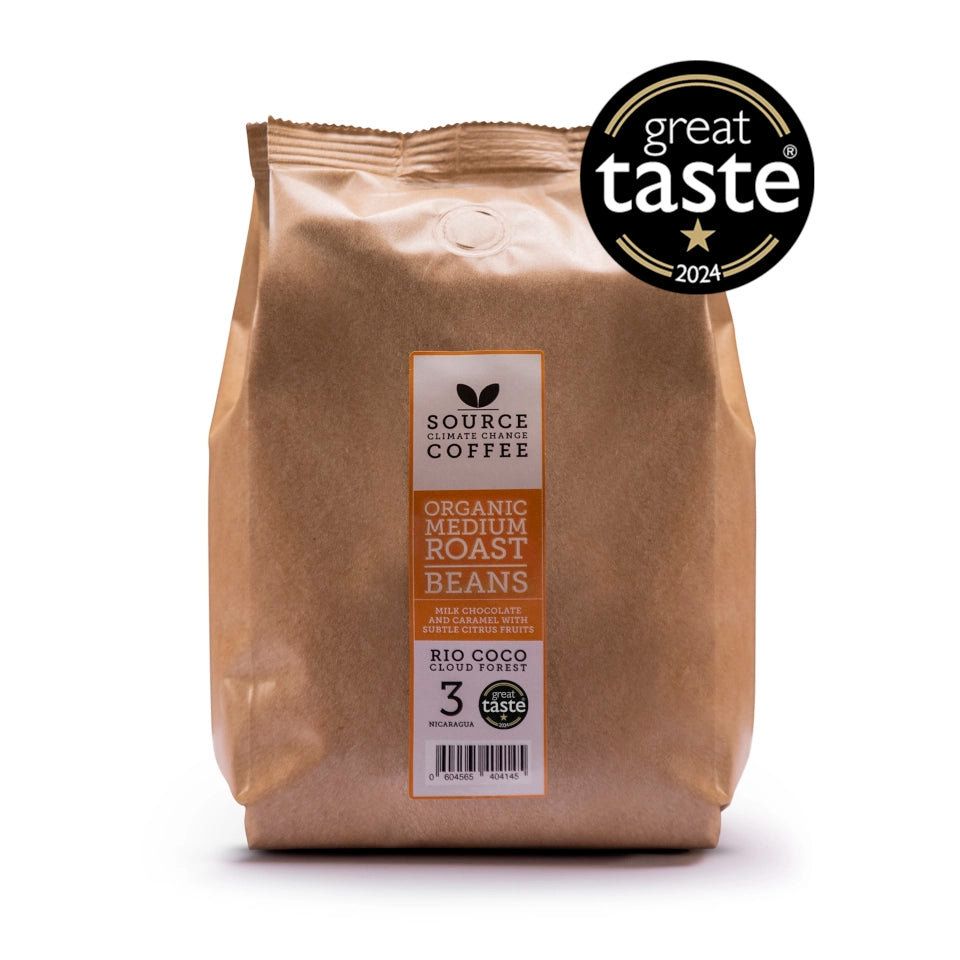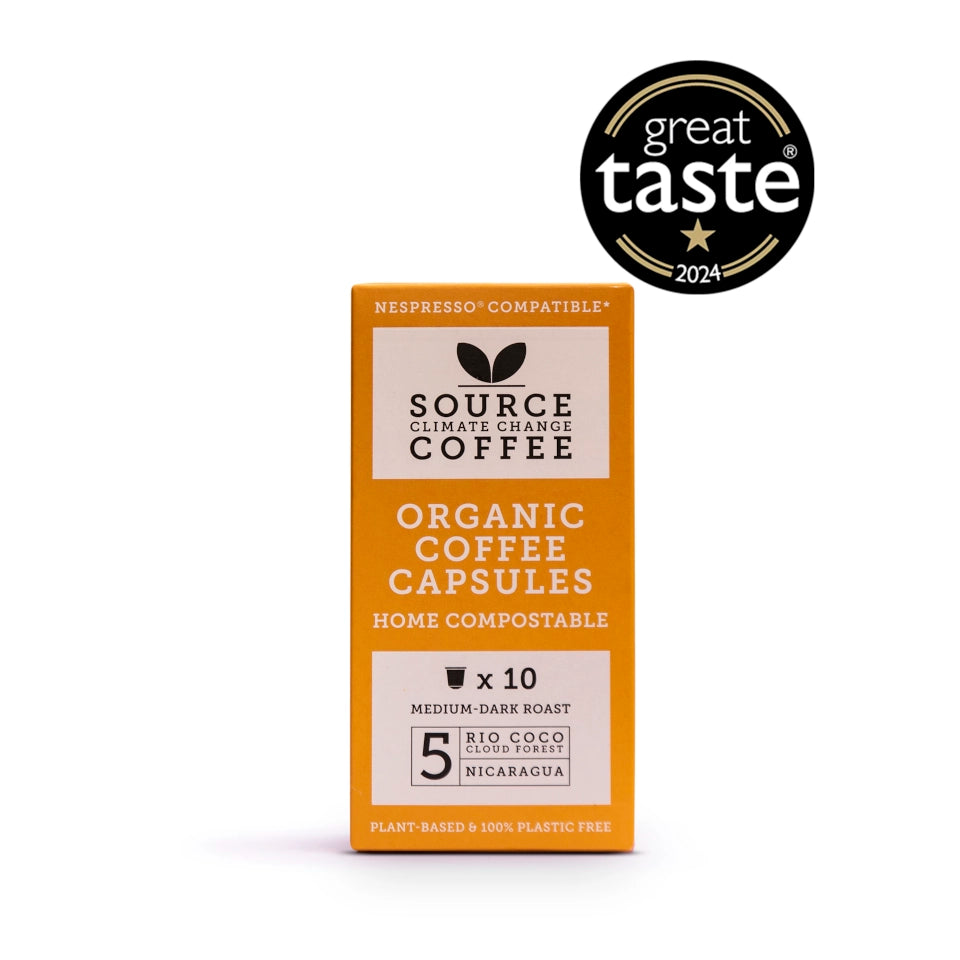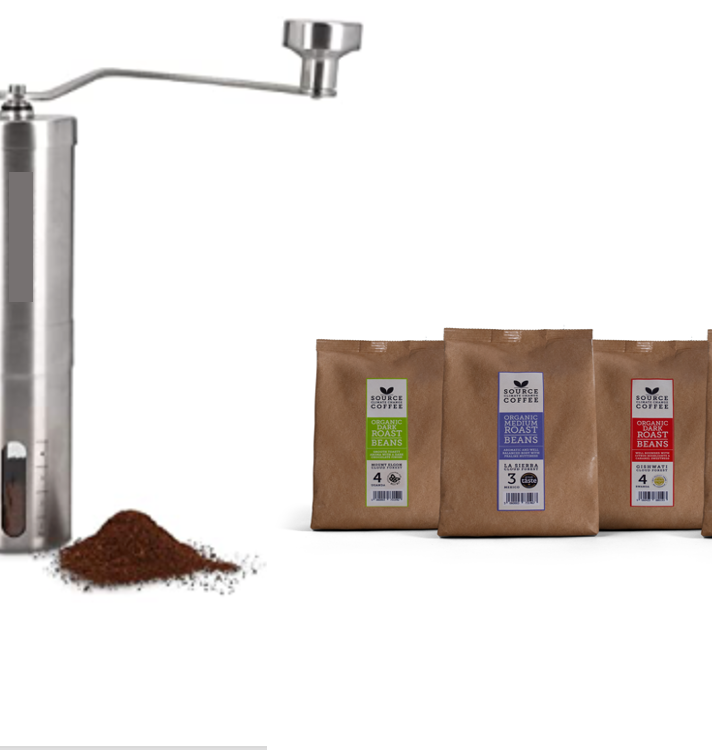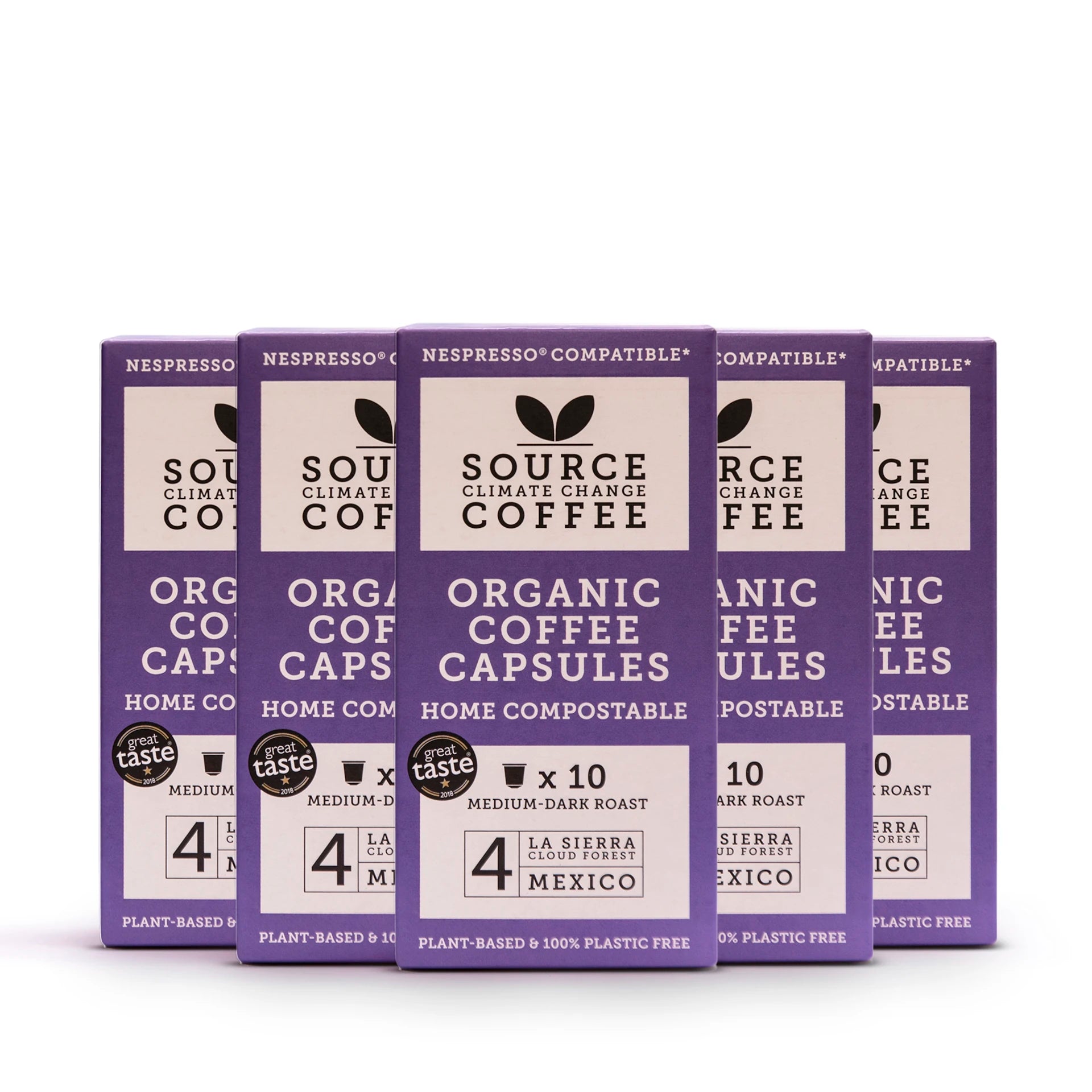
The carbon footprint of a cup of coffee

Our global consumption of coffee amounts to over 400 billion cups of coffee each year: what environmental cost is there behind this daily habit of ours? The carbon footprint of a cup of coffee is added to at every stage of its production - from cultivation to consumption.
What is a carbon footprint?
A carbon footprint is “the total amount of greenhouse gases (including carbon dioxide and methane) that are generated by our actions” (Nature.org). It includes direct emissions (fuel in an airplane) and indirect emissions (energy bought from a power company or the emissions of a supplier). Every product on our shelves has a carbon footprint and coffee is no different.
What contributes to the carbon footprint of a cup of coffee?
Each stage of the production of a cup of coffee contributes to the overall carbon footprint. The cultivation, processing, transport, roasting, packaging and brewing the coffee in your kitchen are all part of the calculation. Growing, transport, roasting and consumption form a major proportion of the emissions.
Clearing land for coffee adds to a carbon footprint. Growing coffee includes inputs like the use of water, power to move the water to the land, fertilisers purchased to feed the crop and pesticides to protect the crop. Agroforestry can reduce the carbon footprint of growing coffee. Trees shade plants and reduce evaporation and they hold water in the soil so less water needs to be imported. Tree compost can reduce the fertilisers that are necessary too.
Processing the coffee causes carbon emissions. Burning fuel to motor mechanical means of picking and moving coffee cherries during harvesting, using water to remove the fruit can be manual or mechanically, drying the coffee (which can be done naturally or using heat), milling the beans to remove the parchment and sorting/grading the beans - all require energy.
Transporting the beans comes next. Flying coffee across the world is more carbon intensive than shipping the beans or road transportation when that is possible. Once the beans arrive at their destination, they need to be roasted to develop their aromas and flavours. Most roasters still use fossil fuels although there is a movement towards electric roasters which could be run on renewable energy. The coffee might also be ground at this stage in a mill.
The packaging the beans are put into can be recycled paper or virgin paper, plastic or foil. This choice affects the size of the carbon footprint. The coffee is transported to the retailer for consumers to purchase it, the coffee shops or delivered to your home.
Finally, the person who makes the coffee uses an electric grinder or a manual grinder, and uses electricity for the coffee maker, to power a kettle to boil the water for the coffee or generate heat to boil the moka pot. And you have to think about milk, which also generates a carbon footprint.
So what is the carbon footprint of a cup of coffee?
CDP estimates the carbon footprint of a 12 ounce black cup of coffee at 0.258 kg CO₂e and a latte at 0.844 kg CO₂e. A cup of black coffee every day is an astonishing 94 kg CO₂e in a year! Should you stop drinking coffee? We think not ;-) but we do recommend choosing a coffee supplier who is reducing the carbon footprint of coffee at every step of production.
